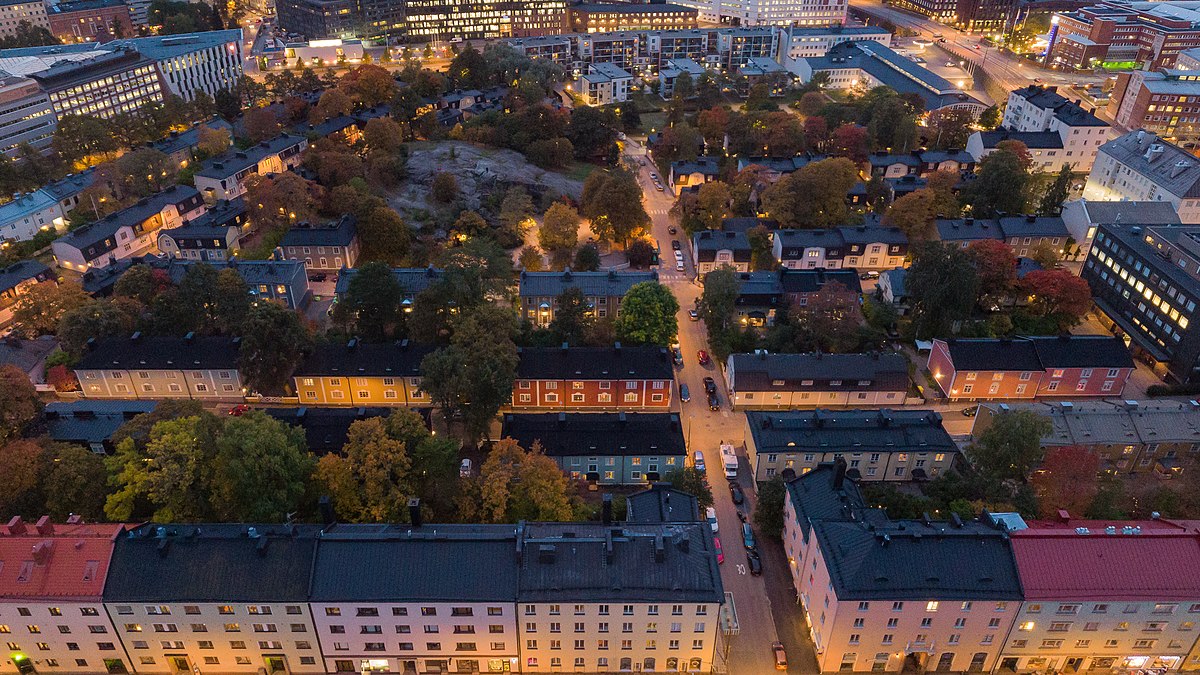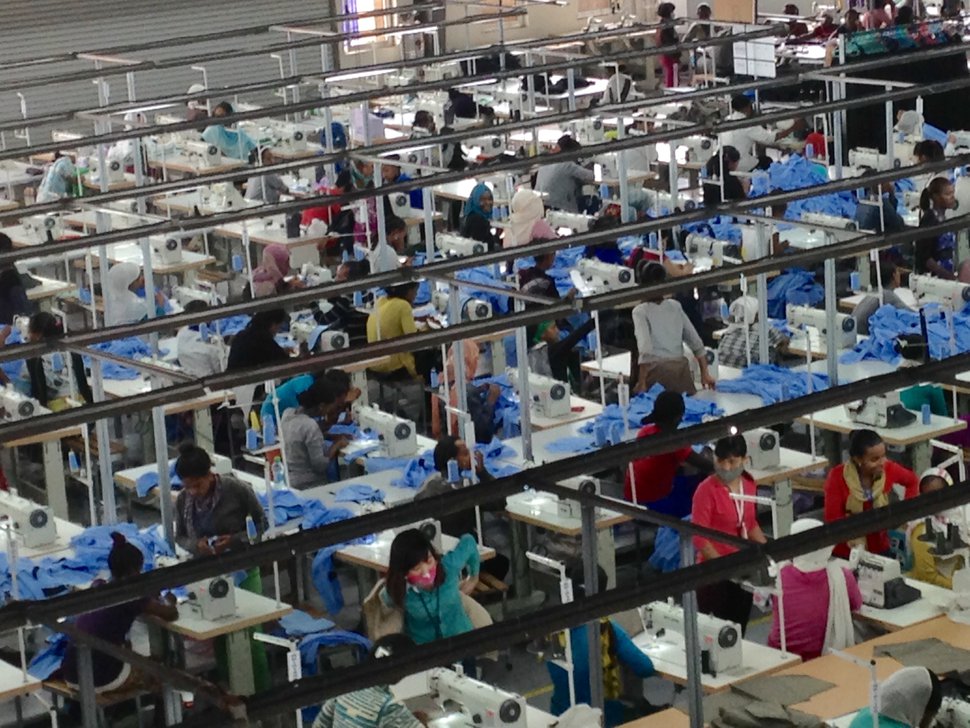There is a growing body of evidence showing the importance of neighborhood context in shaping the long-run life outcomes of residents. However, the mechanisms behind these neighborhood effects have remained elusive. This is because by residing in a particular neighborhood, people are exposed not only to a particular type of neighbors but also to a particular set of local public goods they are able to consume. Thus, the political decisions of where to locate public goods may play a crucial role in shaping the contextual environment of residents of different neighborhoods. If public goods are not provided equally to all neighborhoods, we should ask why this is so, and in particular, how residential segregation and local political forces are intertwined in shaping this inequality.
In a recently published paper in the Journal of Politics, we analyze the political underpinnings of the provision of local public goods across neighborhoods. More precisely, we study the link between geographic, political representation, and geographic distribution of public goods within local jurisdictions using high-quality Finnish data spanning three municipal council terms from 2005 to 2017. The analysis is facilitated by detailed geo-coded data on the residential location of all municipal election candidates, the electorate, and the location of important local public goods.
The electoral context for our analysis is an at-large open-list proportional representation (PR) system. As opposed to a district or a ward system, in at-large elections, voters can vote for any candidate in the municipality. This means there are no guarantees that all neighborhoods are equally represented in the council.
We start our analysis by describing the geographic representativeness of municipal councils by comparing the residential distribution of local politicians and the electorate across small neighborhoods. This descriptive analysis reveals that neighborhoods with lower-income and lower-educated electorates are under-represented relative to their share of municipal population, both when it comes to having any representatives and their seat share in the council. Interestingly, we do not find similar geographic imbalance with respect to the number of candidates, suggesting that the inequalities arise via the voting stage.
We also document that candidates receive systematically more votes from their home neighborhoods compared to other communities in the municipality and that the number of additional ballots increases with the length their residential spell in the area and with incumbency status. This means local politicians have a strong local support base, which may incentivize them to cater to their neighboring voters, even though the elections are held at large. This tendency to vote for one’s neighbor, combined with higher turnout in more affluent neighborhoods, is a likely mechanism behind the over-representation of well-off neighborhoods.
Next, we ask whether unequal geographic representation translates into unequal geographic distribution of local public goods. We focus our analysis on closures of elementary schools as their geographic location is well-defined and they are a prime example of a local service where proximity is an important factor as young children attend the school daily. Moreover, the number of elementary schools in Finland diminished by a third during the time of our analysis, providing us with spatial and temporal variation in local service availability.
To ensure we can interpret our results as causal, we use election outcomes decided by a lottery, which takes place when there is a tie in personal votes within a party for the last seat awarded to the party. We find that randomly increasing the representation of a local school in the municipal council, which makes decisions on school closures, decreases the probability of school closure during the election term. The effect is large as in our lottery sample, the probability of closing a school during the election term roughly halves from about 20% to 10% when a candidate living close to the school is randomly elected (as opposed to a candidate from the same party living near another school). We also show that the effect is not driven by candidates who have school-aged children suggesting that political motives, rather than politicians’ personal needs, are at play.
Finally, we examine what happens to the neighborhoods when a local school is closed. Using difference-in-differences methods, we find evidence of residential re-sorting. High-income residents of neighborhoods experiencing a closure of a relatively large school “vote with their feet” by moving away from these neighborhoods, thus reinforcing residential segregation.
The ideal of an at-large system is that representatives serve the interests of the whole jurisdiction instead of particular areas or neighborhoods within the jurisdiction. In contrast, our results reveal that a link between neighborhood representation and the service level in the neighborhood also arises in at-large systems. Thus, our results highlight the need to consider geographic representation when designing election systems, as geographic, political representation fundamentally interacts with segregation and may enforce it via local public goods provision.
This blog piece is based on the forthcoming Journal of Politics article “Love Thy (Elected) Neighbor? Residential Segregation, Political Representation, and Local Public Goods” by Oskari Harjunen,Tuukka Saarimaa, andJanne Tukiainen.
The empirical analysis has been successfully replicated by the JOP and the replication files are available in the JOP Dataverse.
About the Authors
Oskari Harjunen
Assistant Professor of Real Estate Economics, Aalto University. Oskari’s research interests include housing and real estate economics, urban economics, local public finance and political economics.
Homepage: https://sites.google.com/site/oskariharjunen/
Twitter: @OHarjunen
Tuukka Saarimaa
Associate Professor (tenured) of Urban Economics, Aalto University. Tuukka’s research interests are in housing and urban economics, political economics and local public finance.
Homepage: https://sites.google.com/site/ttsaarimaa/home
Twitter: @tsaarimaa
Janne Tukiainen
Professor of economics, University of Turku. Janne’s research interests are in industrial organization, historical political economy, local public finance and political economics. More specifically he has studied topics such as election systems, municipal mergers, populism, political selection, public procurement and voting behaviour. Currently, he focuses on the study of intra-party politics in his ERC consolidator grant project.
Homepage: https://www.utu.fi/en/people/janne-tukiainen
Twitter: @JanneTukiainen


